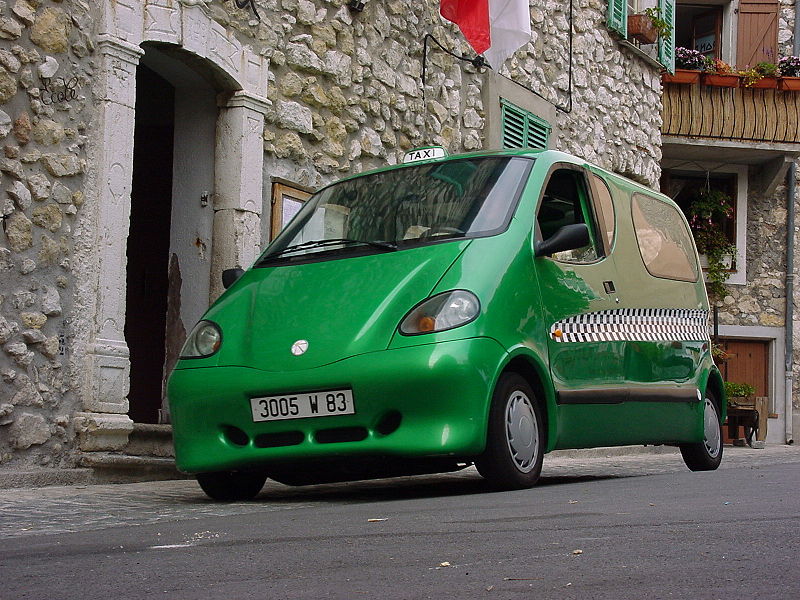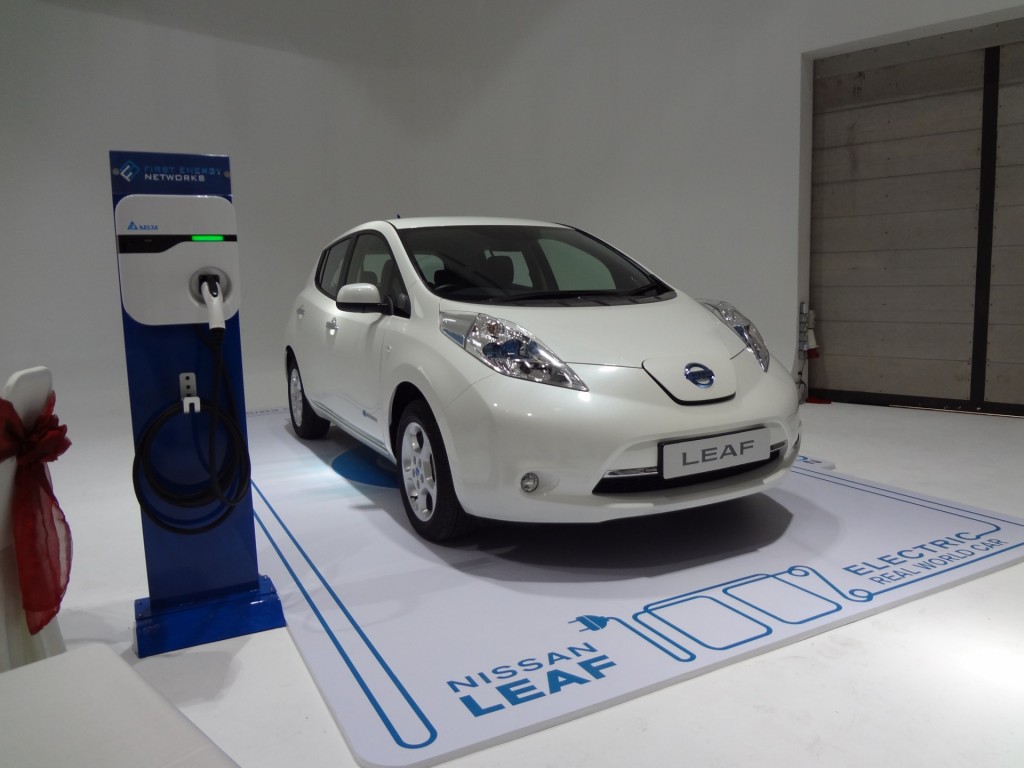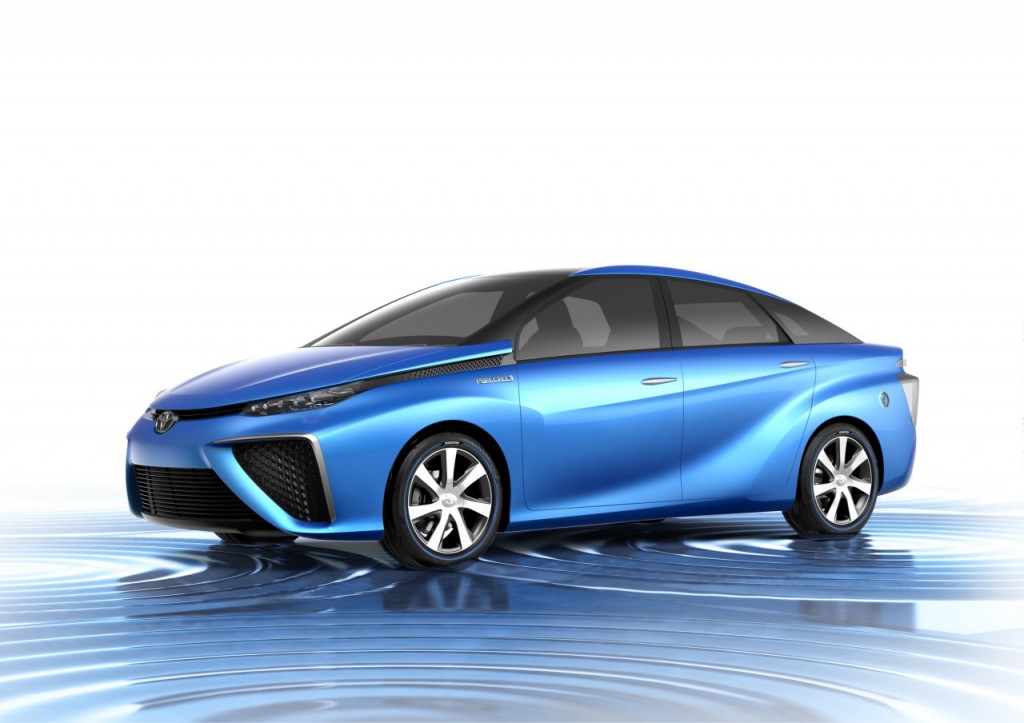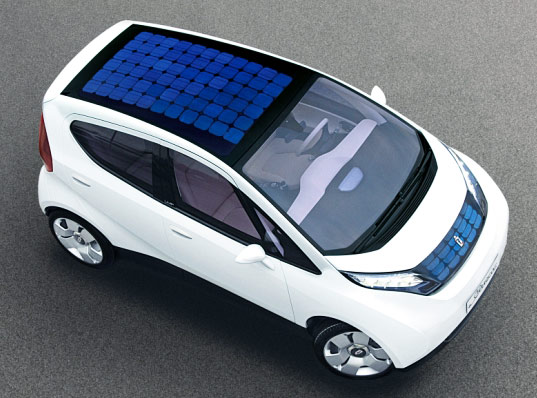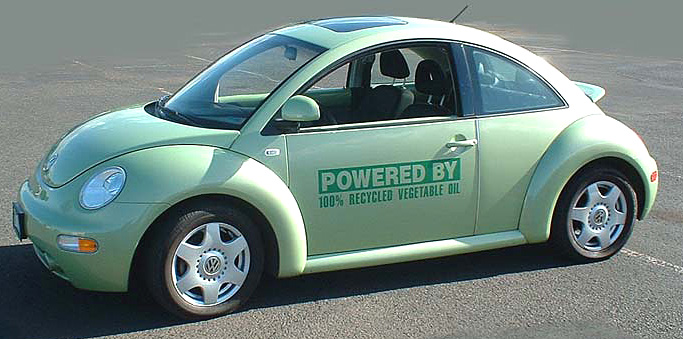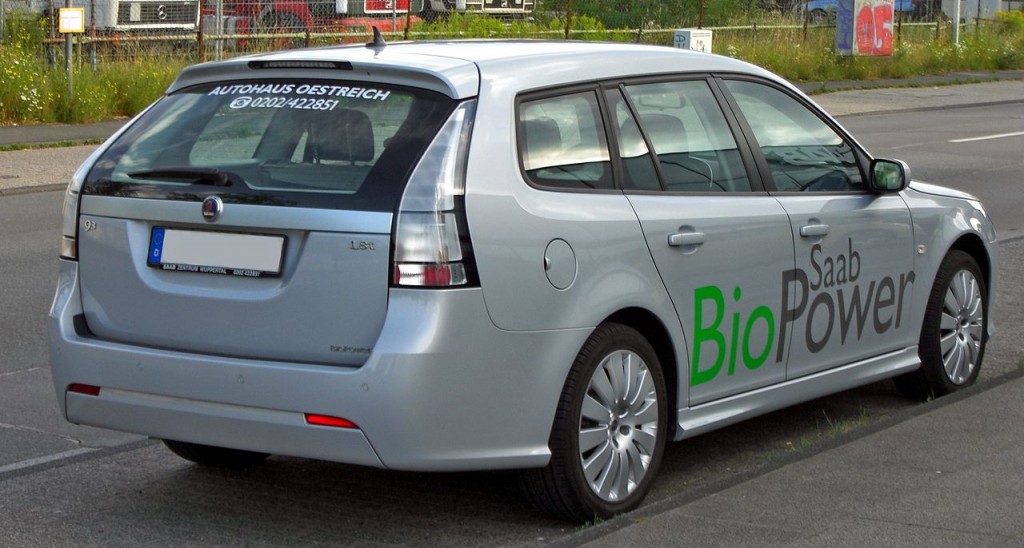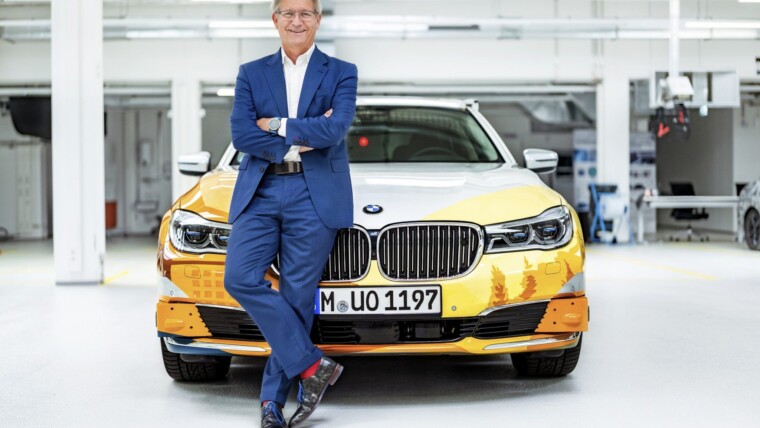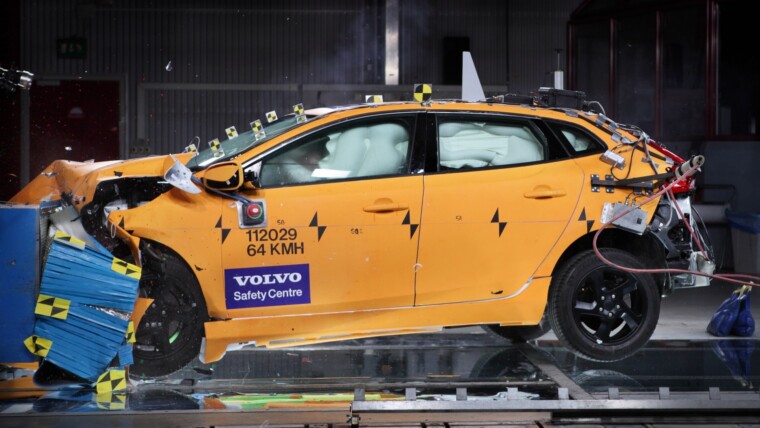It occurs almost every year and nobody knows when but everyone anticipates it coming. We’re talking about fuel price hikes. And the recent price hike saw an increase of 20 sen for both petrol RON95 and diesel to RM2.30 and RM2.20 respectively. 20 cents might not sound like a lot, but if you fill 50 -litres of petrol every week, that would add up an extra RM40 on your monthly budget. Whilst we’re still grumbling over the new fuel hike, here’s some alternatives to petrol-powered vehicles that you might want to consider. One of them is actually available at your nearest dealership right now, but be mindful that it does not come with an affordable price tag either.
1. Compressed air
Perhaps the most enticing of all the alternative fuel ideas is compressed air. Just like humans, the TATA OneCat (above) is powered by motors driven by the last free ‘element’ on earth, air. It may be hard to believe but this little car requires nothing more than compressed air to cruise around town at speeds of up to 56km/h. Rather than driving engine pistons with an ignited fuel-air mixture, compressed air cars use the expansion of compressed air, in a similar manner to the expansion of steam in a steam engine.
Compressed air cars have so many advantages. For instance, it is 100% emission-free, chemical free and it does not run on fossil-fuel thus saving your monthly petrol budget. Well that’s like stating the obvious, isn’t it?
Apart from that, compressed air engines reduce the cost of vehicle production, because there is no need to build a cooling system, spark plugs, starter motor, or mufflers. The rate of self-discharge is very low opposed to batteries that deplete their charge slowly over time. Therefore, the vehicle may be left unused for longer periods of time than electric cars.
2. Electric
The Nissan leaf as seen in the picture above is powered by electric motors, using electrical energy stored in batteries or another energy storage devices. Electric motors give electric cars instant torque, creating strong and smooth acceleration and best of all, you can charge it the similarly to charging your mobile phones at home.
Besides saving on your petrol budget, electric cars will significantly reduce local air pollution, as they do not emit tailpipe pollutants. Although it is currently being mass produced and marketed in many countries all over the world, electric cars face several hurdles and limitations, including their higher price tag compared to petrol and diesel powered cars, lack of recharging infrastructure besides a home charger, and range anxiety where the driver’s fear that the electric energy stored in the batteries will run out of power before the driver reaches their destination, due to the limited range of most existing cars.
The Nissan Leaf is currently available in our local market from RM168, 813, for more information about this electric car, check out their official website here.
3. Hydrogen Fuel Cell
Toyota FCV hydrogen fuel cell car as seen in the picture above uses hydrogen – the most abundant element in the entire universe – as its on-board fuel for motive power. It only emits water vapor and it can be fueled with compressed hydrogen in less than five minutes, and go over 482km. Sounds like science fiction, but it’s real!
The powerplants of such vehicles convert the chemical energy of hydrogen to mechanical energy either by burning hydrogen in an internal combustion engine, or by reacting hydrogen with oxygen in a fuel cell to run electric motors.
However, hydrogen fuel cells are relatively expensive to produce, as their designs require rare substances such as platinum as a catalyst. However, that didn’t stop Toyota from mass producing it. In 2014, the Japanese automaker announced that they would sell their Toyota FCV in Japan for less than RM290k by April 2015!
4. Solar
Back in 2010, Italian car designer Pininfarina and French battery manufacturer Bolloré produced a fully-electric vehicle with solar panels called the Blue Car. The vehicle is 3.65 meters long, 1.6 meters high and 1.72 meters wide, and features a 50kW electric motor that provides an acceleration of 0-100 km/h in around 6 seconds and a top speed of 128 km/h.
The solar panels on the vehicles’ roof provides some power to the vehicle’s systems. It comes with regenerative brakes and Lithium Metal Polymer batteries, and has a range of 1250km per charge. Apart from that, all the materials in the construction have been sourced to be as environmentally friendly as possible. Talk about going green!
5. Vegetable Oil/ Bio-diesel
No, we’re not talking about diesel here, bio-diesel is an alternative fuel based on vegetable oils or animal fats, even those recycled after restaurants have used them for cooking. Vehicle engines can be converted to burn bio-diesel in its pure form, and bio-diesel can also be blended with petroleum diesel and used in unmodified engines. Blends are indicated by the abbreviation Bxx, where xx is the percentage of biodiesel in the mixture. For example, the most common blend is B20, or 20% biodiesel to 80% standard. So, B100 refers to pure biodiesel.
Since you’re using natural source, Bio-diesel is completely safe, biodegradable, reduces air pollutants associated with vehicle emissions, such as particulate matter, carbon monoxide and hydrocarbon however, it comes with limited production and distribution infrastructure.
6. Ethanol
Ethanol powered cars use ethanol or ethyl-alcohol as the fuel for running the vehicle. In case you’re wondering, ethanol is the same type of alcohol found in alcoholic beverages. It is most often used as a motor fuel, mainly as a biofuel additive for petrol.
The ethanol fuel can be made from common crops like sugar cane and corn. Pure ethanol as well as ethanol mixed with petrol is used as fuel in cars. Ethanol is produced in large scale by fermentation of sugar. Another form of ethanol, bio-ethanol is produced from the starch or sugar in a variety of crops. Ethanol is a renewable source of energy and so the use of ethanol as a car fuel is widely seen as a replacement to fossil fuels.
There’s plenty of good reasons why you should use ethanol instead of petrol. Ethanol powered engines deliver more torque and runs on better mileage compared to petrol powered engines. Apart from that, ethanol powered cars emit less pollution reducing the smog forming emissions by more than 50%. Though the ethanol fuel cars emit greenhouse gases that cause global warming, the amount of gases emitted is less than petrol powered cars.
Time to quit drinking and save up for an ethanol powered vehicle perhaps?
Source: Wikipedia, HowStuffWorks, AFDC, bio-beetle
Other posts by AF Newsdesk



